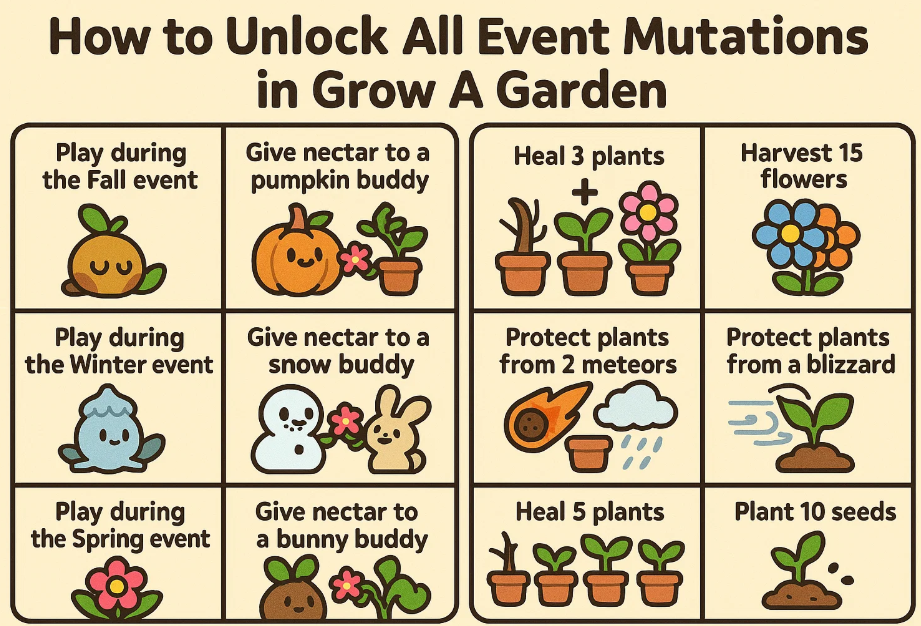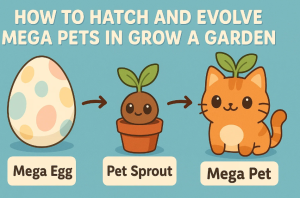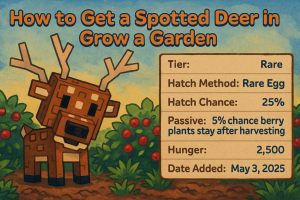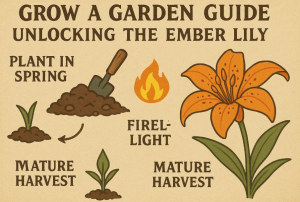If you’ve been spending hours cultivating your perfect patch in Grow A Garden, you already know how much depth this deceptively simple game hides beneath its colorful surface. One of the most fascinating systems is the mutation mechanic, which allows your plants to evolve into rare or event-exclusive variants. These mutations don’t just look great—they can also boost your garden’s overall efficiency and resource yield. Here’s a complete guide to unlocking every event mutation in Grow A Garden, including a few insider tips from seasoned players.
1. Understand How Mutations Work
Mutations in Grow A Garden are triggered by specific combinations of seeds, fertilizers, and environmental conditions. Think of it as the game’s version of alchemy—mixing different elements until something extraordinary sprouts. Each event mutation typically requires a limited-time ingredient or weather condition available only during special events.
Before diving in, make sure you’ve unlocked the Mutation Lab feature by reaching Garden Level 15. Without it, none of the event mutations will register, even if you meet the other requirements.
2. Seasonal Events and Their Exclusive Mutations
Every major update brings new events tied to real-world seasons or festivals. For example:
- Spring Bloom Festival: Introduces Floral Shine and Dewdrop Bud mutations. Both need the “Morning Mist” fertilizer and at least three hybrid flowers planted side by side.
- Summer Growth Spree: Adds Sunflare Vine and Melonburst Root. Keep your soil temperature above 28°C and water daily for optimal mutation chances.
- Autumn Harvest Gala: Features Golden Grain and Maple Bloom variants. Use nutrient-rich compost and maintain a 2:1 seed ratio between grain and leaf plants.
- Winter Chill Event: The rarest ones—Frost Petal and Icevine—require consistent snow coverage and the “Frozen Dew” catalyst.
Timing is everything here. If you miss an event window, you’ll have to wait until the developers rerun it, or occasionally, you can obtain certain event seeds through trading or special bundles.
3. Efficient Farming Tips for Mutation Hunts
Mutations depend on RNG (random number generation), but you can improve your odds with a few smart techniques:
- Use Tier 3 fertilizers whenever possible. They slightly increase mutation chances.
- Rotate your crops every few in-game days to prevent soil exhaustion.
- Avoid overwatering, as excess moisture can cancel mutation triggers during certain weather phases.
- Keep an eye on your pet companions. Certain pets provide passive mutation bonuses if their friendship level is high enough.
If you’re short on time or need to restock fast, some players choose to buy Grow A Garden pets from trusted game marketplaces to speed up their progress. Pets can be a huge help, especially if you’re focusing on event-exclusive growth patterns. Sites like U4GM are often mentioned in the community for offering options to buy Grow A Garden pets fast delivery, so you can get back to experimenting with mutations without missing event cycles.
4. Don’t Ignore Community Recipes
The Grow A Garden player community is incredibly resourceful. Many players share mutation recipes and data tables on forums and Discord servers long before official guides confirm them. Keeping up with these discoveries can help you unlock event mutations weeks earlier than casual players.
Just remember: while community findings are usually accurate, they can change with each patch. Always check patch notes after updates—sometimes a small balance tweak can alter the mutation formula entirely.
5. Final Thoughts
Unlocking all event mutations in Grow A Garden isn’t just about luck—it’s about preparation, timing, and persistence. Each event adds new layers to the game, rewarding those who experiment and pay attention to subtle environmental details. Whether you’re grinding organically or getting a boost through helpful pets, the key is consistency.




